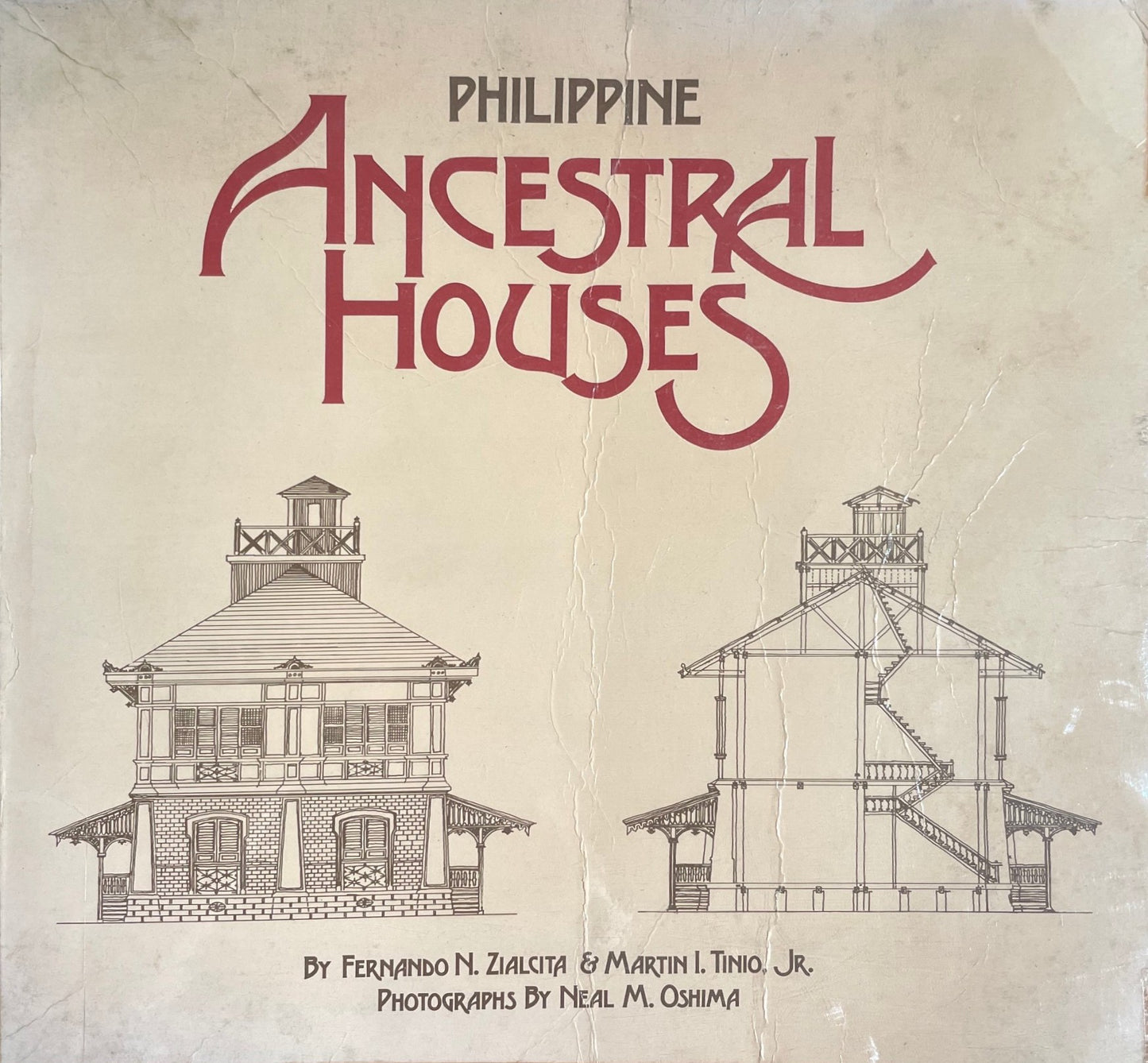Philippine Ancestral Houses
Philippine Ancestral Houses
Fernando N. Zialcita, Martin I. Tinio Jr, Neal M. Oshima
Couldn't load pickup availability
Share
A compendium of all known facts about houses built in stone, wood and tile in Luzon and the Visayas from 1800 to 1930.
The bahay na bato is described as the conscience of Filipino architecture—an ideal that reflects both native ingenuity and colonial influence, yet is often overlooked. In Philippine Ancestral Houses, Fernando Zialcita and Martin Tinio Jr. present a detailed and insightful study of this architectural form, recognizing it as the peak of a uniquely Filipino tradition.
Rooted in the bahay kubo and shaped by Spanish and European styles, the bahay na bato is both practical and elegant. Its design—open spaces, natural ventilation, and harmonious use of materials—responds intelligently to the tropical climate and communal way of life. Its value lies not just in its aesthetic, but in the architectural principles it embodies.
Though many of these houses are now abandoned, altered, or misidentified as purely Spanish, a growing interest in their preservation suggests a shift. Rather than treating the bahay na bato as a relic, it is a foundational part of Filipino architectural identity relevant to contemporary design and thinking.
Published in 1992 by Capitol Publishing House, Inc.
263 pages / Paperback


